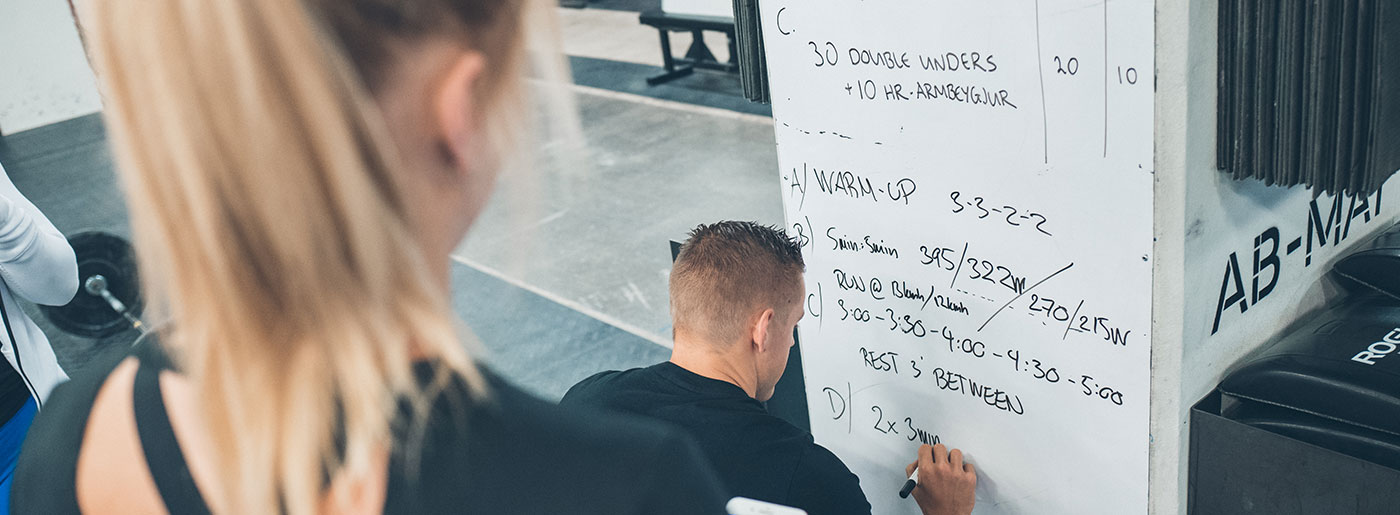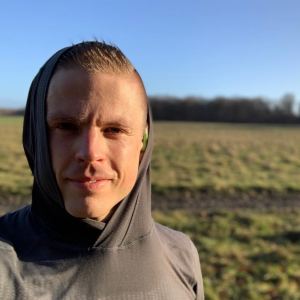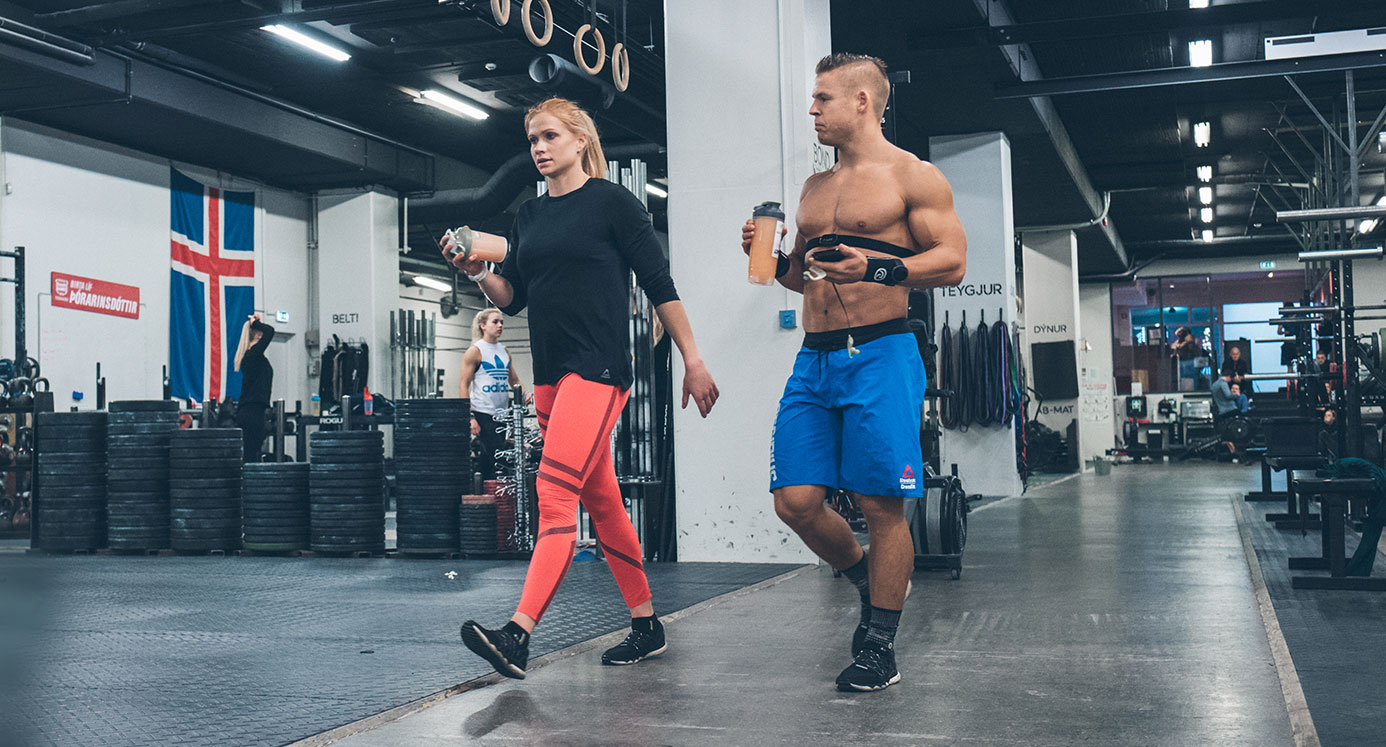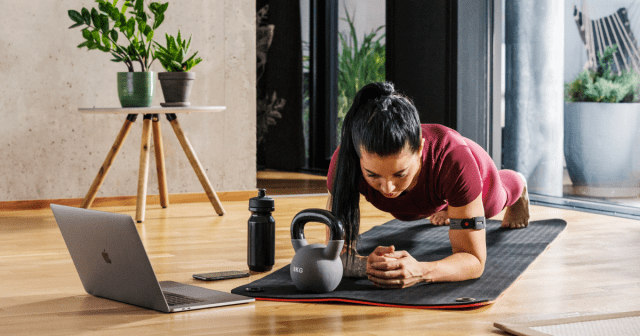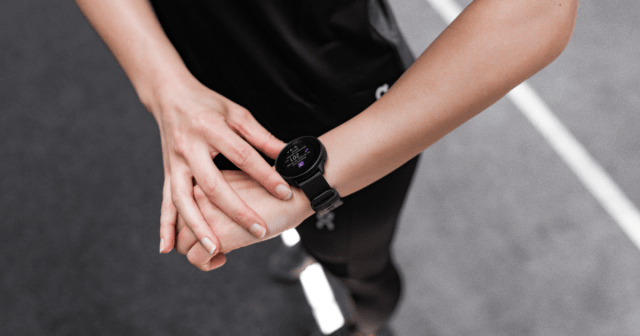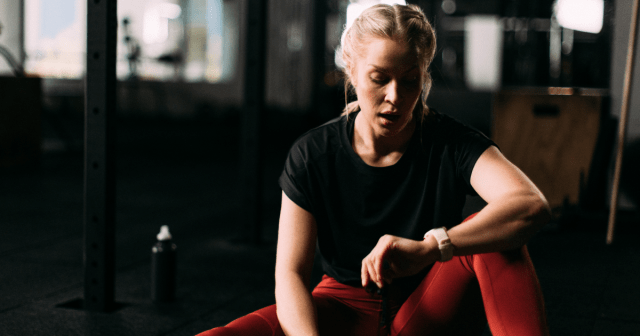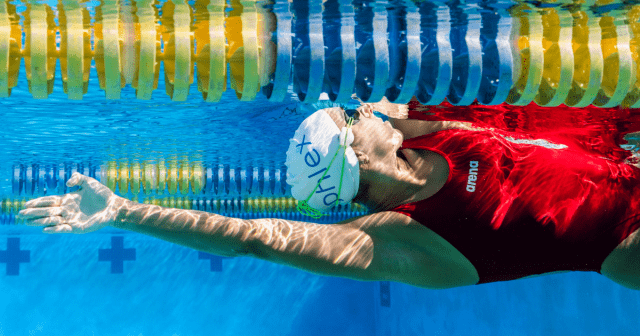Whether it’s to get a fresh start into a new year or get back in shape after treating yourself during your summer vacation, setting fitness goals is popular among ambitious athletes and occasional exercisers alike.
Despite your best-laid plans, it’s all too common to set lofty fitness goals, only to have your diet and training plan derailed when work becomes stressful or family obligations get in the way.
This is natural, failure is always part of reaching a goal — but this time around, we’ve got your back.
To get to the bottom of how to set, and hit, realistic fitness goals, we caught up with Frederik Aegidius, CrossFit Games competitor and coach of the ‘Fittest Woman on Earth’, Annie Thorisdottir.
How Do You set realistic fitness goals?
Being modest and realistic is the best way to achieve your goals, but setting your goals low and settling is not the mindset of a champion. Defining where you want to ´finish´ will allow you to dissect the journey ahead and establish smaller goals or benchmarks along the road.
One step in the right direction every day will get 365 steps closer to your goal by the end of the year. Focusing on that might seem overwhelming, but taking one step is something everyone can do.
Is It Better to have several small goals than one large goal?
I would always set up multiple goals — we are human beings and we have to juggle a lot of different tasks and responsibilities so aiming all your energy and attention towards one goal might dilute your efforts in other areas.
I believe that most people are better off being balanced individuals, meaning that a clear focus on where you want to go is important, but if other aspects of your life are ‘messy’ it might end up distracting you.
Should You focus on weaknesses or strengths?
To keep you mentally sane, I would suggest balancing weaknesses and strengths.
It’s key to not get too comfortable and just do the things that feel nice and in which you’re already good at.
On the flip side, always doing things you are not confident doing will weaken the way you view yourself and might, in turn, amplify insecurities and weaknesses purely based on mental performance and belief.
So, balance!
What to keep in mind when setting realistic fitness goals?
Make it achievable! You have to create a roadmap that works for you. What works for one elite-level athlete might not work for the person next to him.
Not many people have the luxury of doing their sport full time, so prioritizing time and energy is crucial. More is not better — better is better.
Making sure you maximize and optimize the little things is often where the difference is made.
Should you share your goal with others?
Sharing your goal will make it more real and you will undoubtedly feel a stronger push to achieve it. Nobody has ever walked the journey to the top of the world by themselves.
Some individuals are more independent than others, but everyone will need help at one point or another so creating a supportive environment and creating the right team is key.
How can you monitor your progress?
Creating secondary goals and benchmarks will allow you to track your improvements and whether or not you are sticking to your roadmap.
It’s easy to veer off a little every day, and if you never stop to check if your direction is right, you’ll risk ending up far away from where you expected.
I use the Polar H10 heart rate sensor every day. I have been doing the same warm-up routine for almost four years now, and the way my body responds to that stimulus tells me if I’m ready to go or not.
I still go by feel, but the added data from the H10 allows me to make adjustments day to day based on readiness.
What happens after you hit your fitness goal(s), what next?
Goals should never be fully static, as we as individuals continue to develop and grow. Once you reach a milestone, it is time to reevaluate and consider what you want to accomplish next.
Only very few people can say laying on their deathbed, that they achieved everything they ever wanted in life.
Expect your dreams and goals to be organic, they will evolve with you as you grow.
What are some common goals for people who are new to the fitness world?
Most people struggle to create goals that are simple, easy to measure, and achievable within a defined time period.
Goal setting often ends up being a very abstract concept for most individuals and coaching/guidance during this period is probably the most important stage of ever achieving your goals.
what about Goal-setting tips For people with lots of experience?
It always comes back to keeping it simple, easy to measure, and achievable — no matter your experience.
The key to success is creating a map that will allow you to check your direction regularly, smaller goals that if successfully completed will lead you to your larger goal.
There is a lot of trial and error in this process, but seeking advice from people who have done this before will greatly benefit you and make you more likely to succeed.
If you liked this post, don’t forget to share so that others can find it, too.
Or give it a thumbs up!
I like this article
Please note that the information provided in the Polar Blog articles cannot replace individual advice from health professionals. Please consult your physician before starting a new fitness program.
